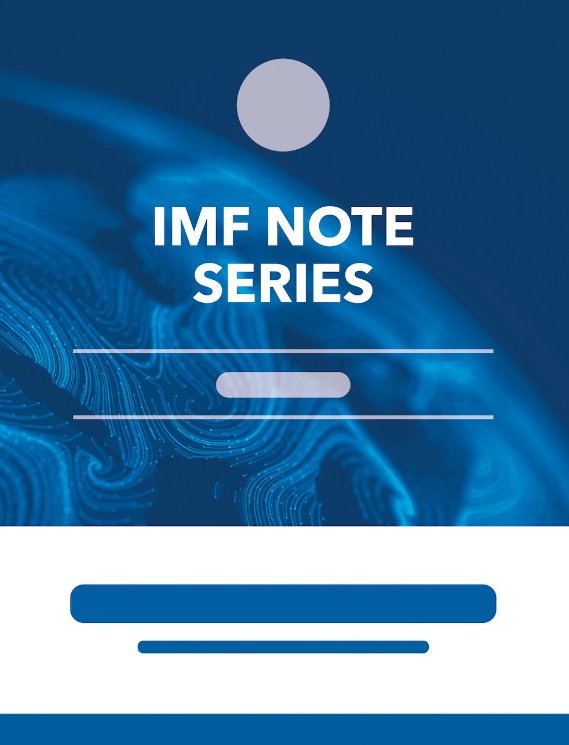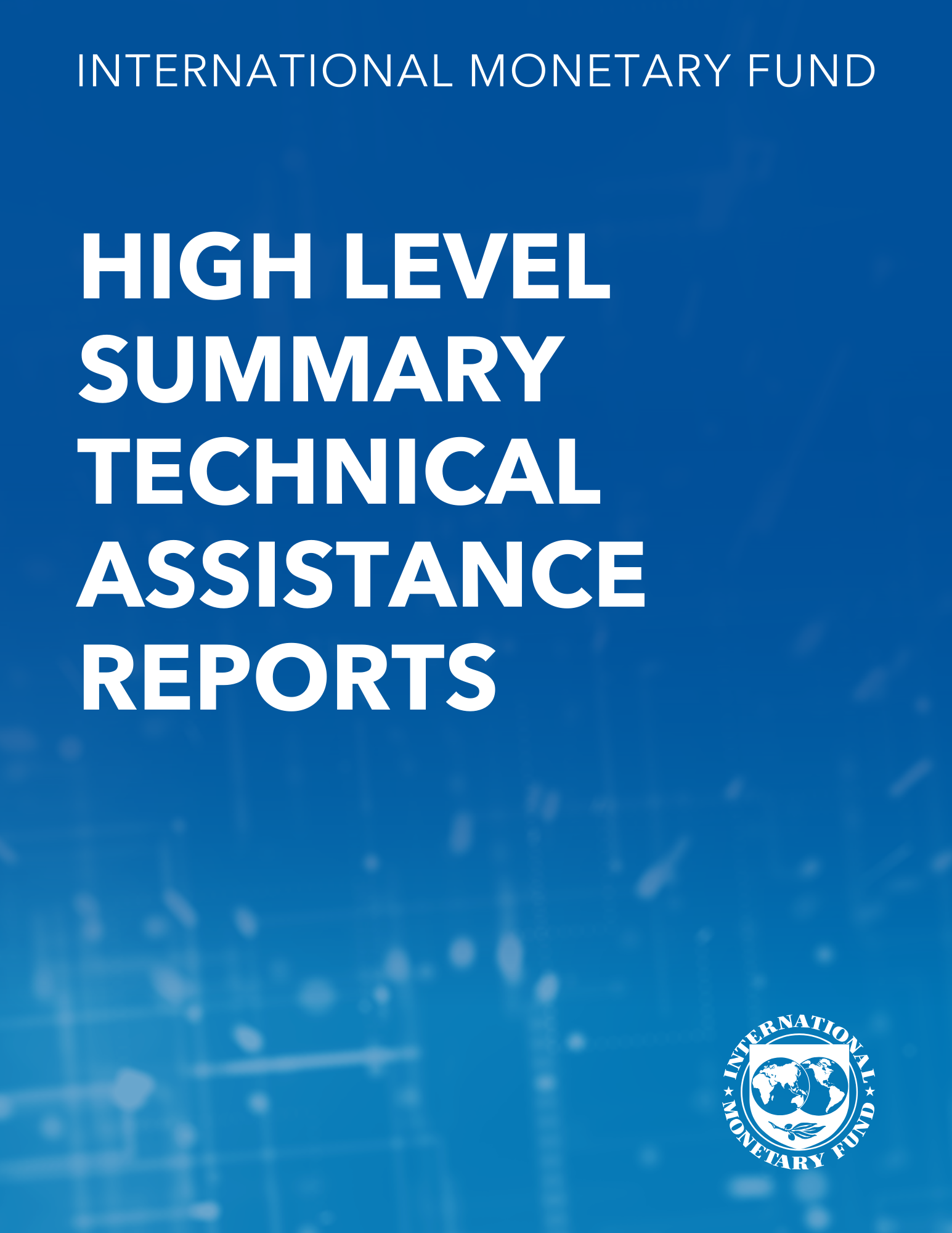Using Credit Subsidies to Counteract a Credit Bust: Evidence From Serbia
December 1, 2011
Disclaimer: This Working Paper should not be reported as representing the views of the IMF.The views expressed in this Working Paper are those of the author(s) and do not necessarily represent those of the IMF or IMF policy. Working Papers describe research in progress by the author(s) and are published to elicit comments and to further debate
Summary
Emerging markets are particularly vulnerable to boom-bust credit cycles, due to excessive capital flows, shallow equity markets, and companies' high leverage and open FX positions. While the policy debate on how to respond to boom-bust credit cycles remains unsettled, it has been conjectured that credit subsidies may provide a particularly effective policy tool to counter a credit bust. This paper reports on a rare policy experiment where credit subsidies were used to buffer the impact of the global financial crisis on Serbia in 2009. Model simulations suggest that credit subsidies in Serbia helped to mitigate the slump in output.
Subject: Credit, Currencies, Exchange rates, Expenditure, Financial institutions, Foreign exchange, Government subsidies, Loans, Money
Keywords: beneficiary company, cash flows, company, Countercyclical Policy, Credit, Credit Subsidy, Currencies, Exchange rates, Financial Accelerator, forces company, Global, Government subsidies, impacts companies' cash flows, Loans, number of company, overleveraged company, WP
Pages:
21
Volume:
2011
DOI:
Issue:
285
Series:
Working Paper No. 2011/285
Stock No:
WPIEA2011285
ISBN:
9781463927196
ISSN:
1018-5941







